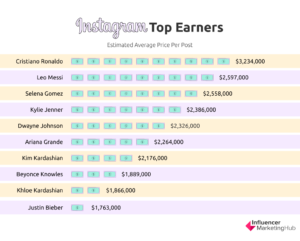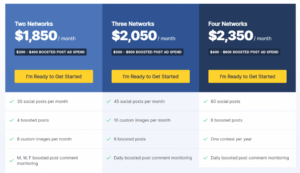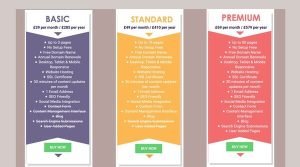When it comes to marketing and website optimization, the term “bounce rate” is often thrown around. But what exactly is a bounce rate and why is it important? While many people think of bounce rates as something that affects SEO, there are actual benefits to understanding your website’s bounce rate. This article will discuss what a good bounce rate is and how it can help your business improve its online presence.
Analyzing Your Bounce Rates
Analyzing Your Bounce Rates is essential in understanding and improving your website performance. A bounce rate is the percentage of visitors to a website who navigate away from the site after viewing only one page. It is important to understand how well your website content resonates with users, in addition to identifying any potential problems or areas of improvement.
When looking at your bounce rates, consider multiple factors that can impact it including page design elements such as loading speed, layout, visuals, readability and usability.
Additionally, take into account search engine optimization (SEO) techniques to ensure that you are targeting the right audience for your content. Understanding what works best for your target audience will help you create more successful campaigns and improve user experience on your site.
Also Read: Web Design Package How To Choose
Factors Impacting Bounce Rates
When it comes to analyzing website performance, bounce rate is an important factor. Bounce rate measures how many visitors leave a website after only viewing one page. A good bounce rate is necessary for a website to be successful, but there are several factors that can contribute to a high bounce rate.
Website load time is one of the main contributors to high bounce rates. For example, if your website takes too long to load, visitors will leave before they even get the chance to view other pages. Additionally, if your content does not match what was advertised on the search engine results page (SERP),
your visitors may immediately leave and go elsewhere for what they need instead of looking further into your site’s content. Lastly, if a visitor cannot easily find what they are looking for on your site then they may abandon their journey quickly and thus leading to an increase in bounce rate percentage.
Optimizing Content for Lower Rates
Optimizing content for lower rates is an important part of managing website performance. When it comes to optimizing your website, one key metric to measure your success is bounce rate.
Bounce rate refers to the percentage of visitors who enter a website and then leave without navigating further within the site. A high bounce rate may indicate that visitors are not finding what they are looking for on your site, or that there is a lack of engaging content.
Fortunately, there are strategies you can use to optimize your content and reduce your bounce rate. Improving the user experience by creating compelling headlines and making sure navigation menus are easy to understand can help keep visitors engaged with your website. Additionally, adding visuals such as images and videos can help break up text-heavy pages and make information easier to digest.
Also Read: What Education Do I Need To Be A Web Developer
Mobile & Desktop Differences
In today’s digital age, it’s essential for businesses to understand the differences between mobile and desktop users. Knowing the nuances of these two distinct user categories is important in order to best optimize your website and create a pleasant experience for visitors. In regards to content performance, there are some key differences between mobile and desktop users that you should be aware of.
First off, when it comes to bounce rates, mobile users tend to have higher bounce rates than desktop users. This can be attributed to smaller device screens and shorter attention spans on top of slower loading times due to spotty connections or weak internet speeds. To combat this issue, it’s important to optimize the design of your web pages and ensure they look great across all devices while also providing useful information quickly on smaller screen sizes.
Also Read: How To Get Started With Web Development
Conclusion
As mentioned in the original article, understanding the bounce rate and how it can be used to maximize website performance is essential for any business. In conclusion, there are several strategies that can be implemented to reduce a website’s bounce rate and increase user engagement.
First, businesses should strive to make sure their web pages are properly optimized for usability and quality content. This includes making sure pages load quickly and contain relevant information that users will find helpful.
Additionally, businesses can also use A/B testing to figure out which elements of page users respond better too, such as the placement of images or headlines. Lastly, businesses should consider leveraging other digital marketing techniques such as social media campaigns or email marketing to drive additional traffic to their website.














Be First to Comment